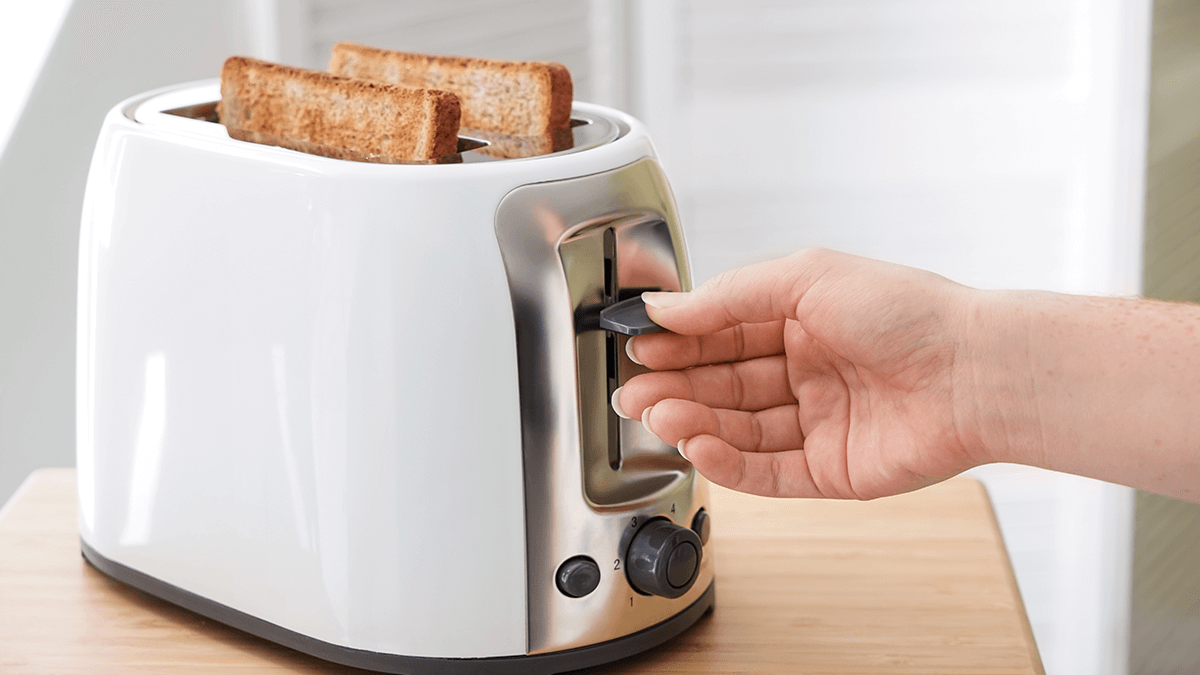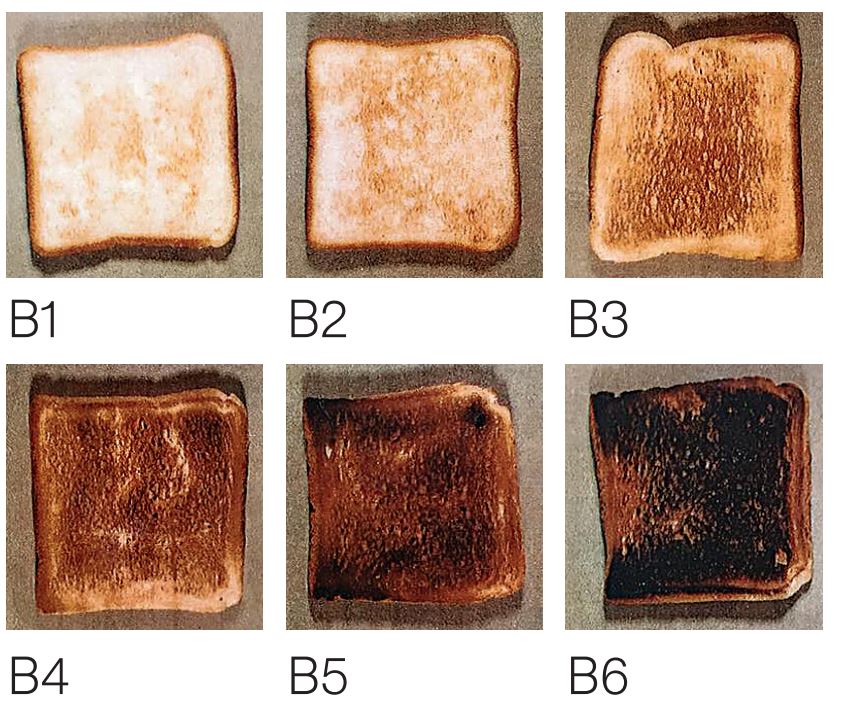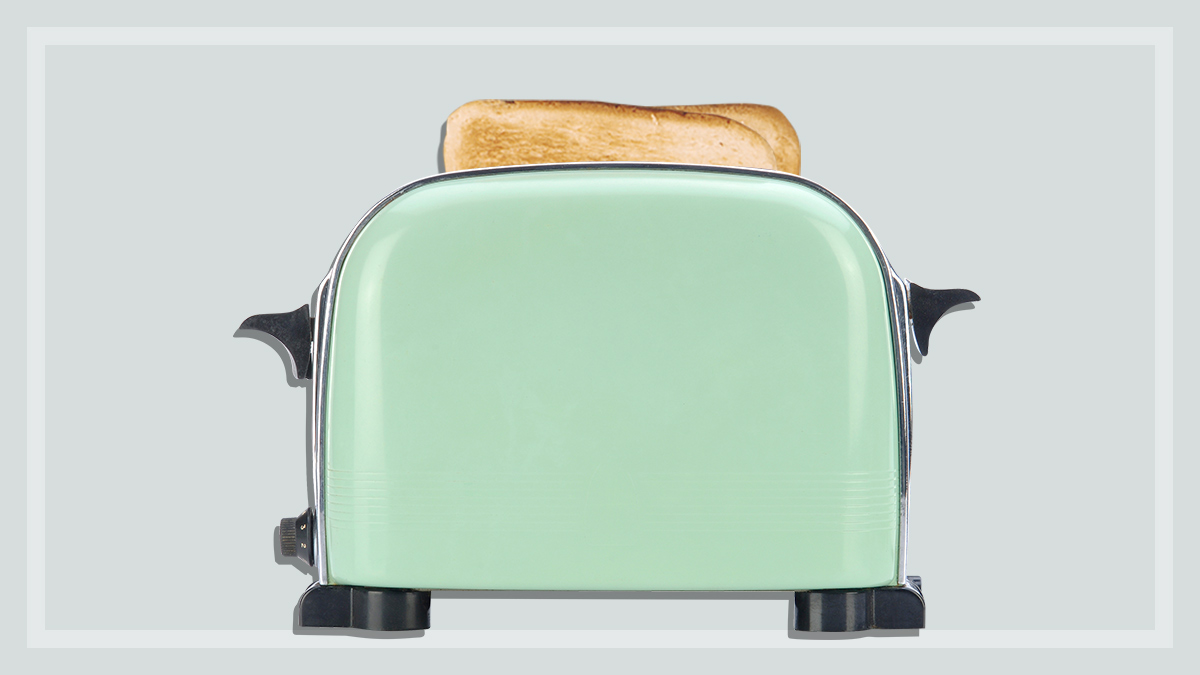Get our independent lab tests, expert reviews and honest advice.
How we test toasters

Toasters are one of those everyday household appliances you need consistent results from, slice after slice. There’s a huge range of toasters on the market, from cheap no-frills designs to ‘statement pieces’ for your kitchen benchtop that will set you back $500.
On this page:
But which ones can you rely on to produce evenly browned toast every time? That’s where our expert toaster reviews come in.

Our expert testers
Our toaster gurus know what makes good toast, seeing beyond the shiny chrome finishes and the gimmicks that manufacturers throw into this essential kitchen appliance. Australians are putting a lot of different things into their toasters these days, but they still want to know if they’ll get evenly browned toast with every cycle.
How we choose what we test
Our market researchers survey major manufacturers and scour the market to see what’s out there. We include ‘top of the line’ brands with sleek or unusual designs, as well as cheap chainstore models to see if it’s really worth paying more if all you want is a decent slice of toast. We also look at both two- and four-slice toasters.
Once our market research is complete, we put together a final list that goes to our buyers. They then head out to the retailers and buy each product, just as a regular consumer would. We do this so we can be sure the toasters are the same as any consumer would find them and not ‘tweaked’ in any way for better performance.
How we test toasters
Our toasters go through many checks, and we regularly review our test method to make sure we’re helping consumers get the most out of their toasters. After surveying more than 500 CHOICE members, we revamped our test to incorporate a multigrain performance score, because 70% of respondents use multigrain bread in their toasters.
Test preparation
Buying the bread: We use standard loaves of white supermarket bread for our evenness of browning and consistency tests, making sure it has minimum contact with the air so it stays fresh throughout the test. We use a commonly found multigrain bread for the multigrain test.
Optimising the toasters: We don’t test the toasters right out of the box. We first give them a chance to settle in by running them for a cycle (or in accordance with instructions, if available) at ambient room temperature. We then determine the best browning control settings over a couple of cycles using a standard reference photograph that illustrates the ideal toast colour.
Toaster positions: We put the toaster in the most appropriate position from a user’s perspective so that the controls are easily accessible. This helps determine the ease of use score.
Toaster features: We note any particular features, such as whether there’s a high-lift carriage or separate browning controls for four-slice toasters.

Performance tests
Evenness of browning and “repeatability” of browning tests: Using the reference photo, and with the toasters prepared to an optimum browning level, we run the toast through four cycles. We assess the evenness of browning and compare the results from each toast run to make sure that the toaster delivers consistent results, cycle after cycle. A toaster that scores top marks for evenness of browning will have evenly toasted sides on all slices.
Temperature: We test the surface temperature of the control knob and body surface. Anything that registers heat above 78°C can’t be recommended.
Frozen bread: We toast bread that has come directly out of the freezer. Where available, the defrost setting is used. We assess the slices for evenness of cooking and consistency of colour across cycles.
Single slice test: Sometimes you might only want to toast one slice of bread. We look at how well each toaster handles this.
Multigrain test: We now include a multigrain bread result in our test. We also looked at crumpets, but most toasters don’t handle them well, and we recommend that when toasting crumpets you monitor the browning process closely – a repeat full or partial cycle may be needed for best results.
Ease of use
Our experts look at:
- ease of operating the controls and how easy it is to lock the bread carriage into position
- ease of removing and replacing the crumb tray
- ease of cleaning the exterior, including how easy it is to wipe clean and whether the toaster has places that may trap dirt and breadcrumbs.
Our experts also record any other interesting features about the toasters, such as whether it has repairable parts, or may comment on how well it can handle particular types of bread (such as sourdough).
Test criteria explained
The CHOICE Expert Rating, our overall score, is determined by performance (70%) and ease of use (30%).
Performance consists of:
- the evenness of browning and consistency (50%)
- multigrain bread (20%)
- single-slice bread (15%)
- frozen bread (15%).
Ease of use consists of ease of crumb removal, ease of cleaning the exterior and ease of operating the controls.
Recommended toasters have to score a CHOICE Expert Rating of at least 75% and pass our external temperature safety check. We may occasionally withdraw a recommendation if member reviews relating to ongoing reliability are overwhelmingly negative.






